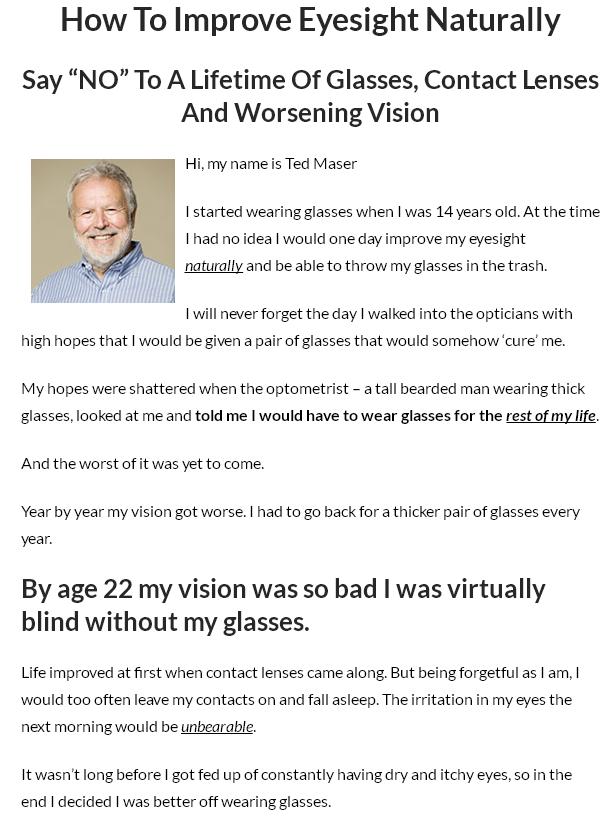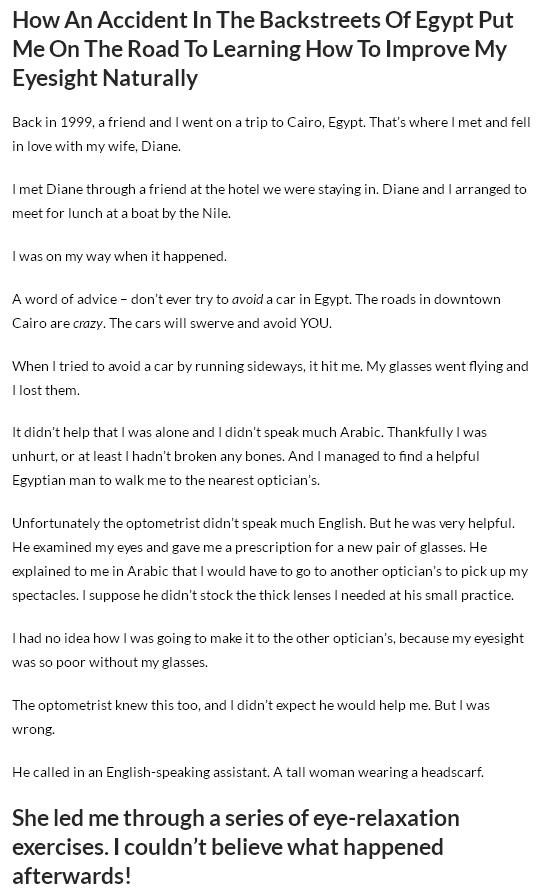Body, mind and vision – three integral elements to our every thought and action, as well as three elements that can be strengthened and kept healthy with enough exercise. What’s the connection between eye health and exercise?
Think of this: studies have shown that the same elements that protect against cardiovascular disease also protect against the eye disease of age related macular degeneration. The risk factors also mirror one another. Therefore, by process of correlation, it makes sense that if exercise helps prevent cardiovascular disease, then it would also help to prevent age related macular degeneration.
Let’s not forget that diabetes is caused by inactivity, bad eating habits, high blood sugar and blood pressure. Therefore, exercise is an immediate preventative of diabetes – therefore, also acting as a preventative of diabetic retinopathy.
Globally, cataracts are a major cause of vision disorder and loss, mainly affecting the elderly. Although there has not been in depth research on the matter, studies so far have shown that exercise causes high density lipoprotein (good’ cholesterol) concentrations which have anti-inflammatory and anti-oxidative effects. Both inflammation and oxidation are thought to be involved in the development of cataracts.
If we use the three above examples, then how many more eye diseases and disorders would physical exercise help to prevent?
Research into the role of exercise in healthy eye care is not extensive, but there are a few studies, all of which point in the direction of using moderate and heavier exercise as a source to prevent eye disease.
One study reported that when people were free of eye disease, they were generally known to be very physically active. Another large study, which took place over a period of 15 years, reported that participants who exercised for 30 minutes or more at least three times a week were 70% less likely to develop age related macular degeneration.
A third study compared people’s physical activity level to those with cataracts and those without. Those with low levels of physical activity were up to seven times more likely to develop cataracts than those with high levels of physical activity.
Two recent studies were run with a group of regular joggers. The published results stated that joggers who ran for less than two miles per day were 19% more likely to experience age related macular degeneration than those who ran 2-4 miles per day, and 42% more likely to develop the condition than those who ran more than four miles per day. It was reported that the risk of age related macular degeneration decreased by 10% for every one miles of jogging per day.
As Edward Stanley once said, “Those who think they have not time for bodily exercise will sooner or later have to find time for illness.”
So how should you prevent eye illness? Get regular eye examinations to ensure that your eyeglasses prescription has not changed. Make sure you always buy glasses that perfectly match your most recent eyeglasses prescription. Additionally, eat foods that are meant to strengthen one’s eyes and protect them against eye disease and lastly, exercise! Four easy steps to optimal eyesight, so what are you waiting for?
Hillary Glaser is a social networking specialist and expert in cross-media promotion, currently working on promoting prescription eyeglasses. She is the Director of Marketing and Special Projects for GlassesUSA.com – the easiest way to buy glasses online, which now offers free shipping on all US orders with the code FreeShip10.



